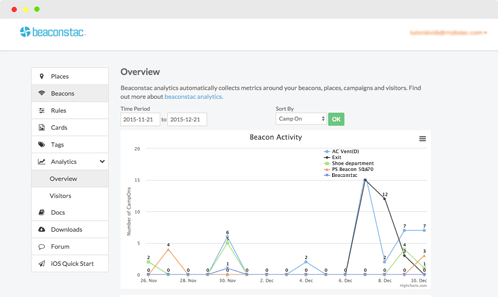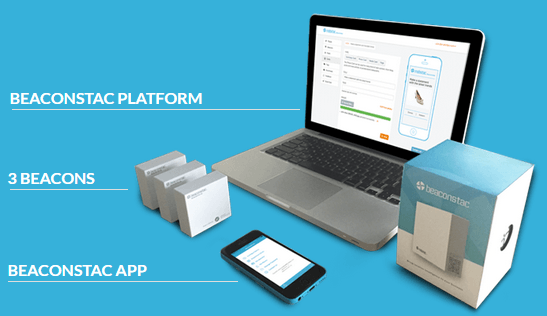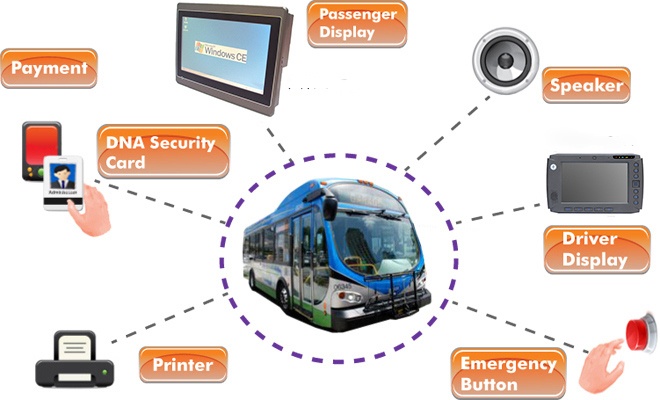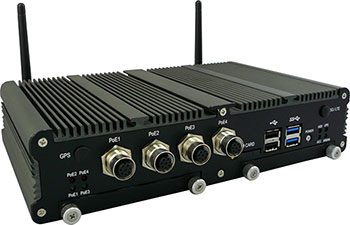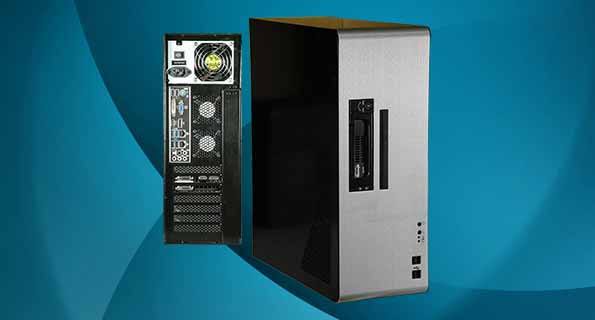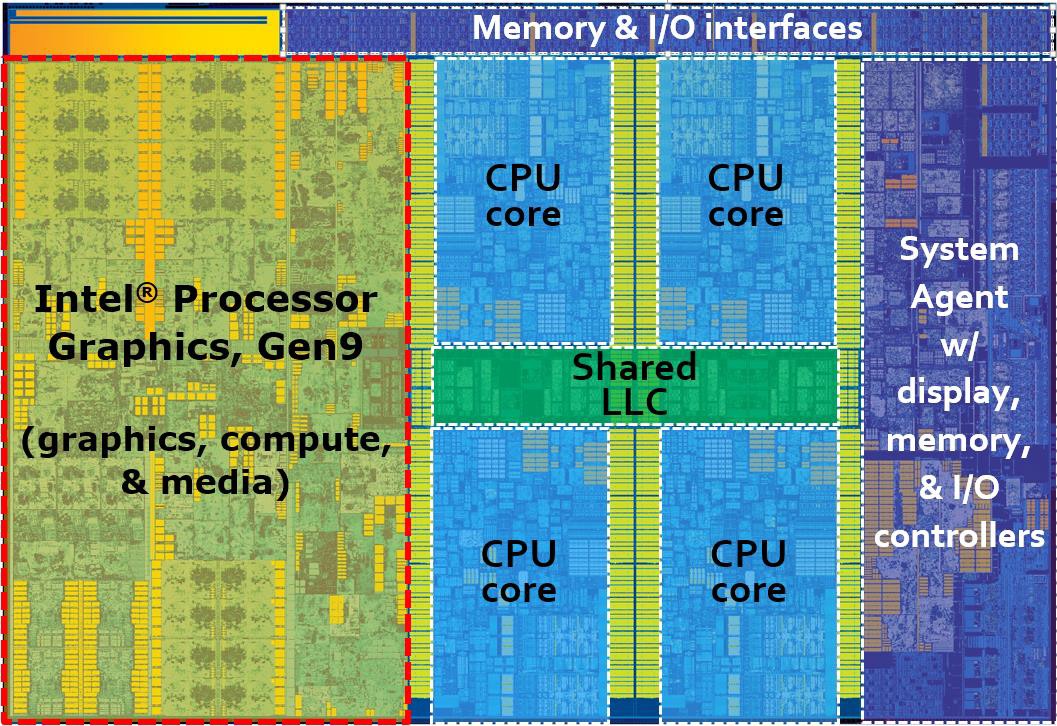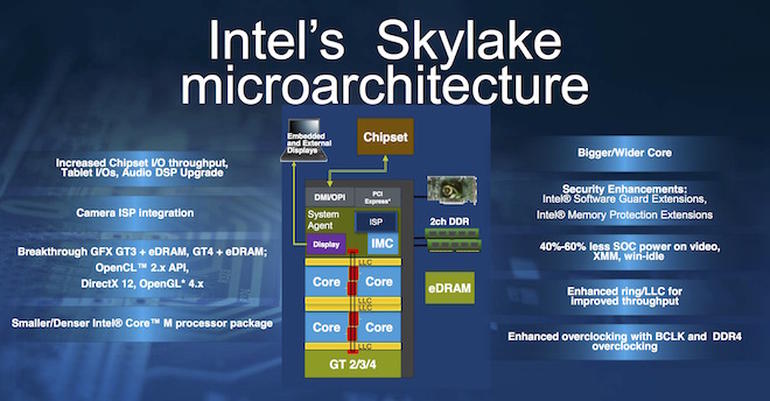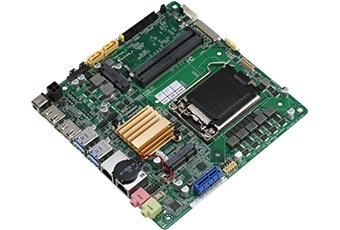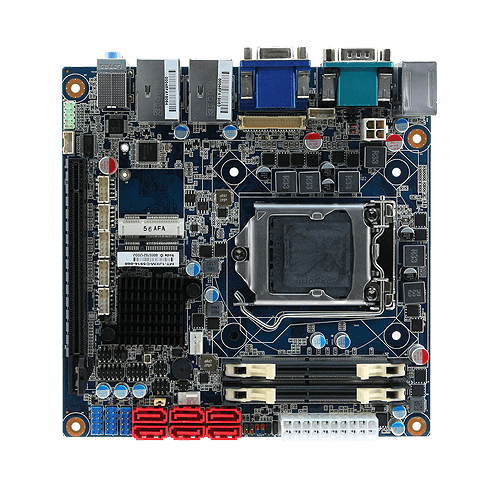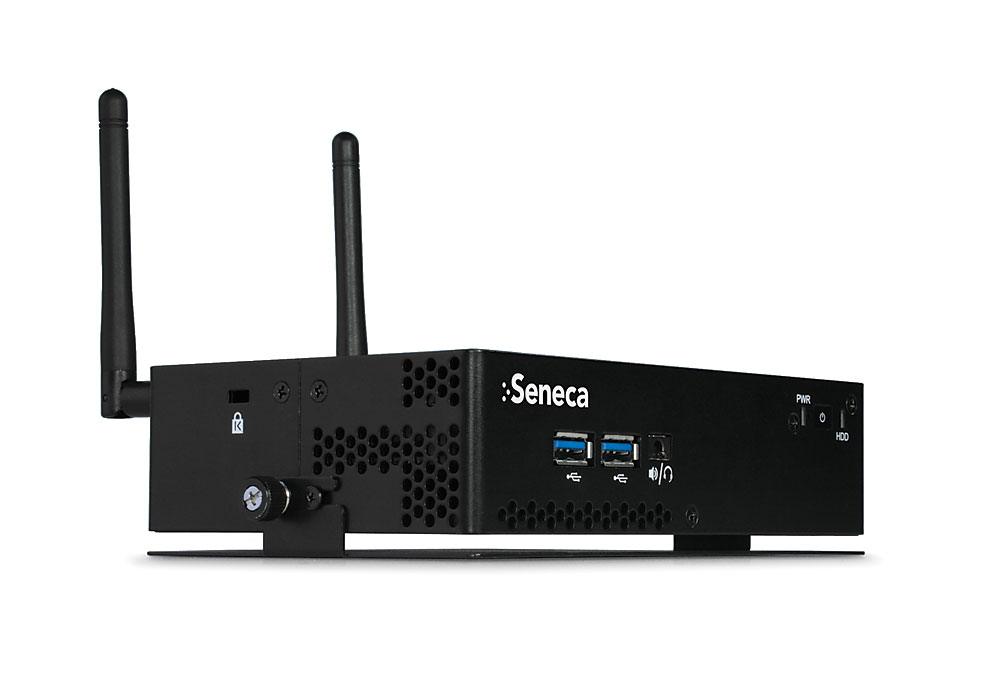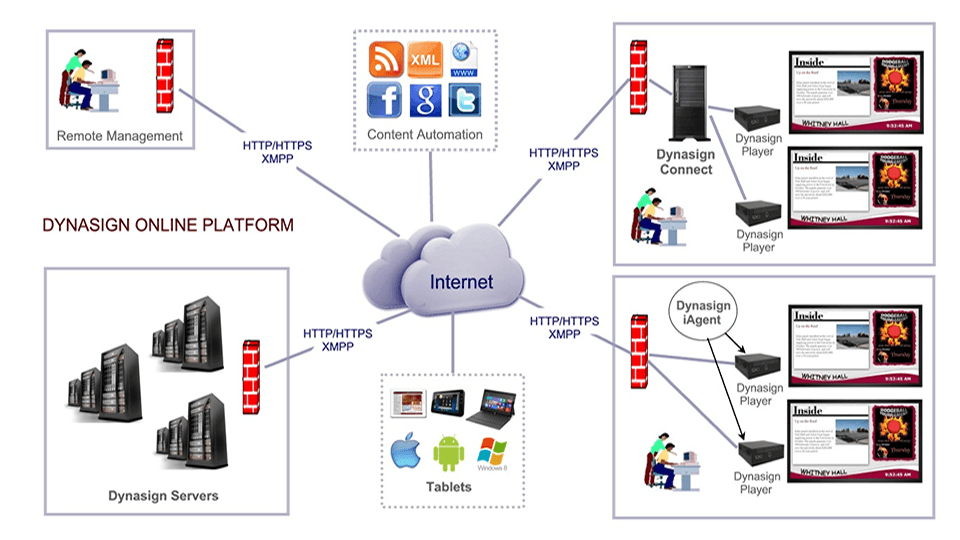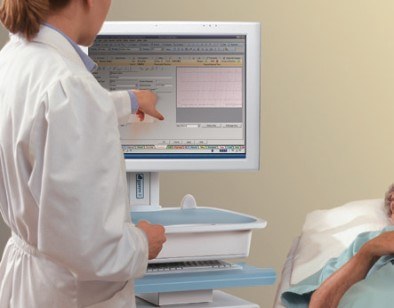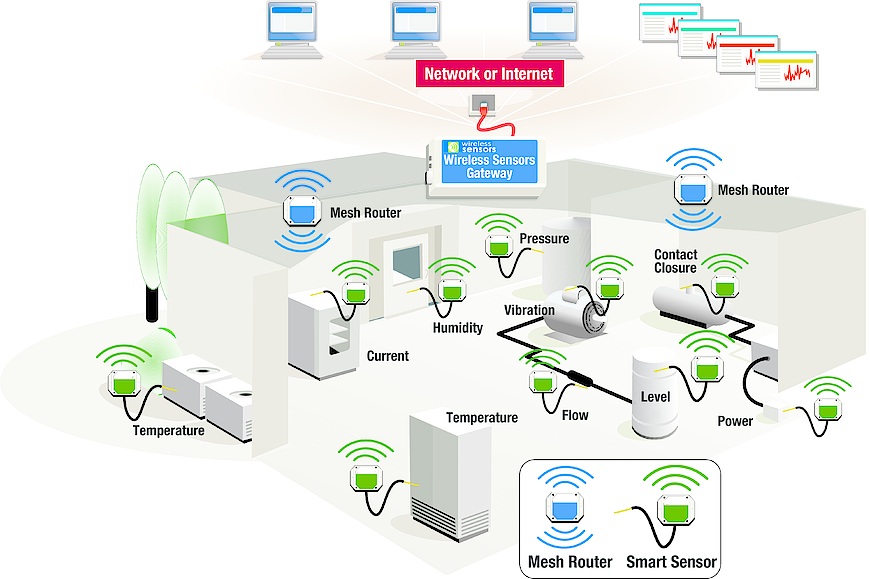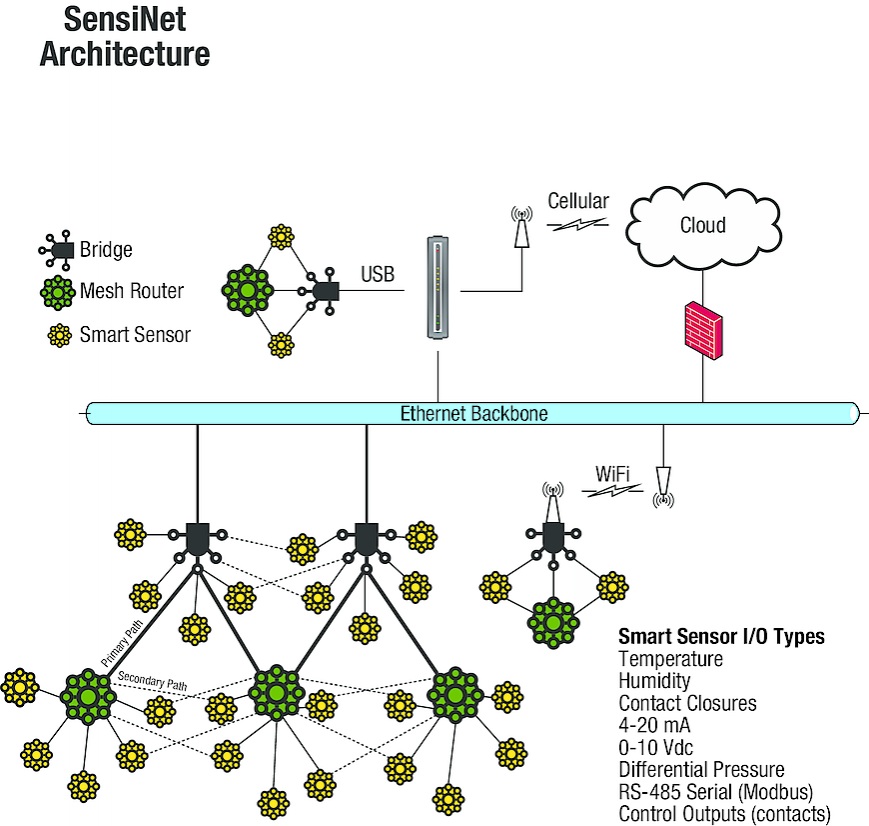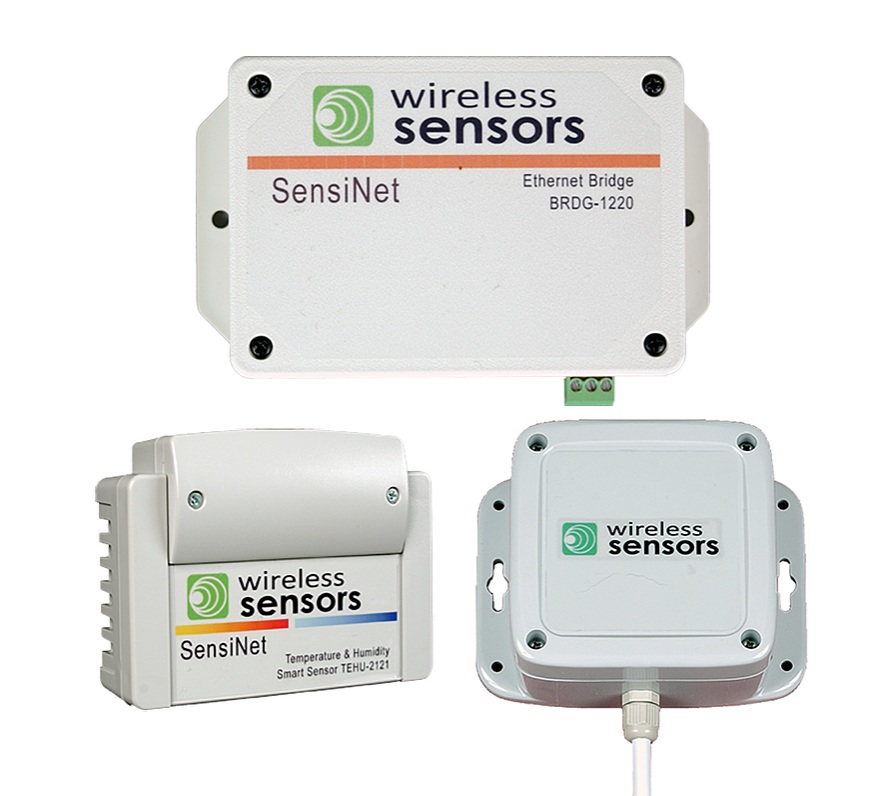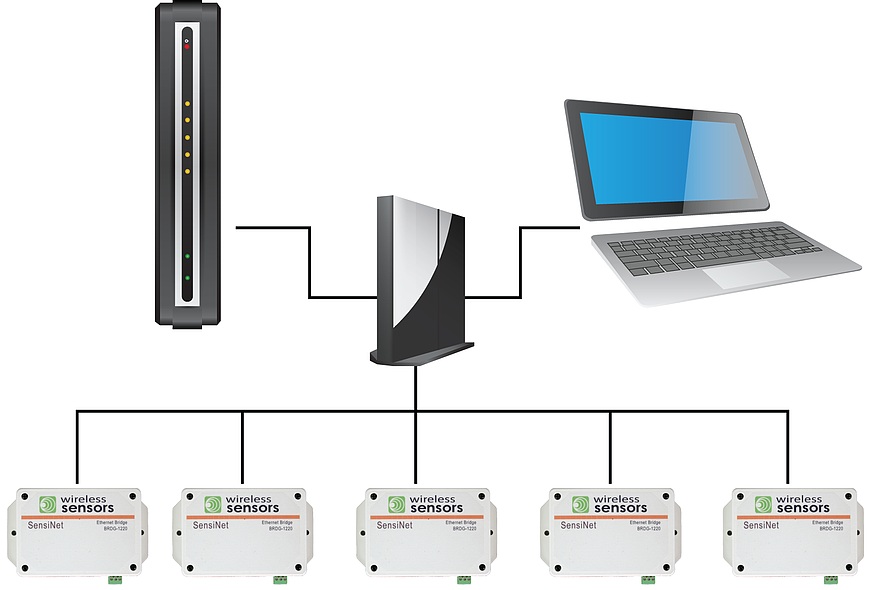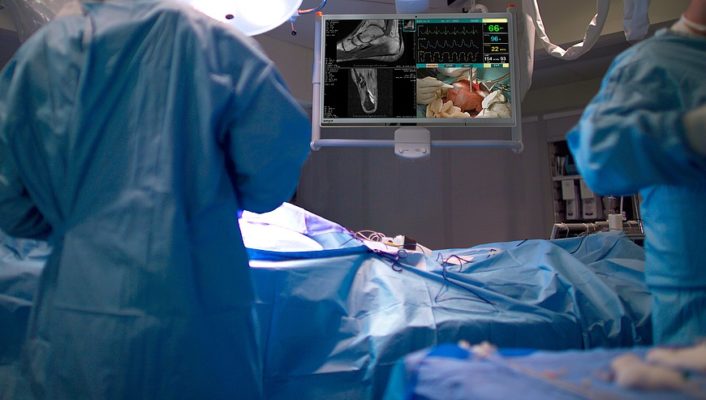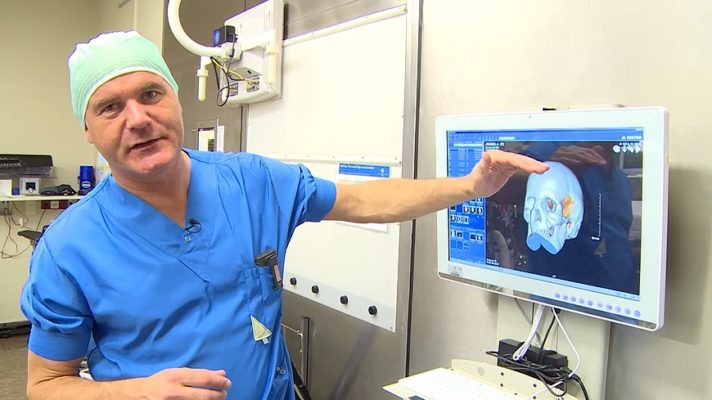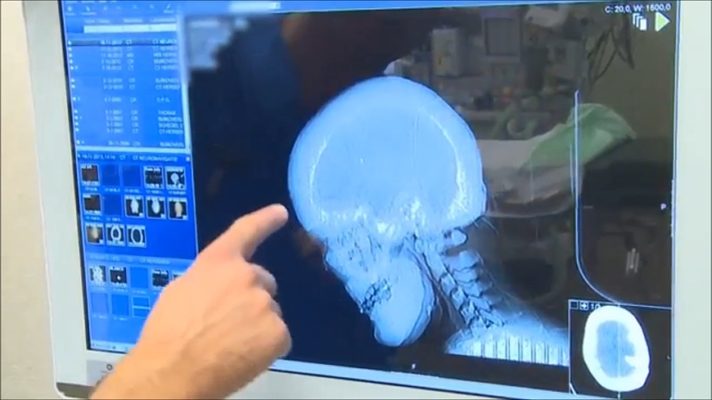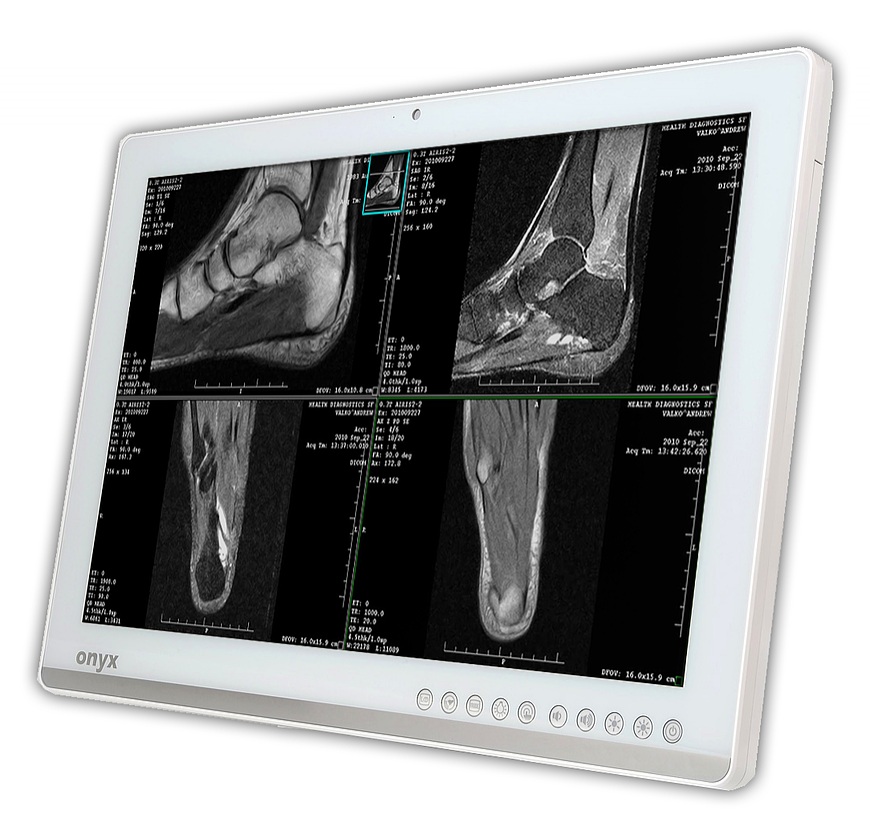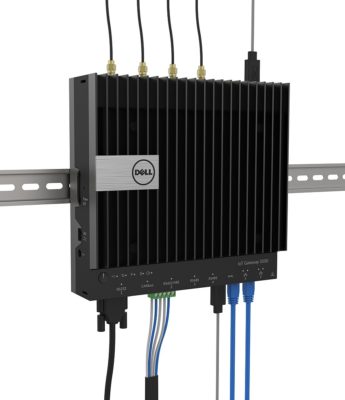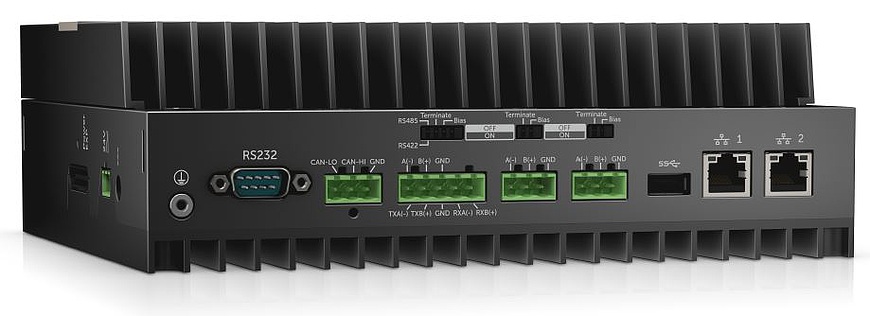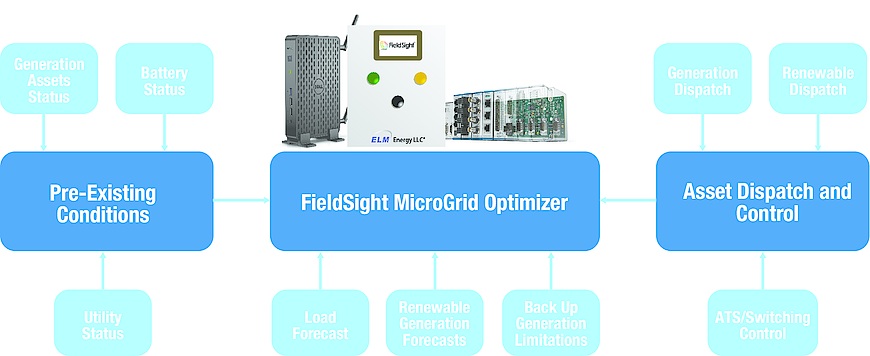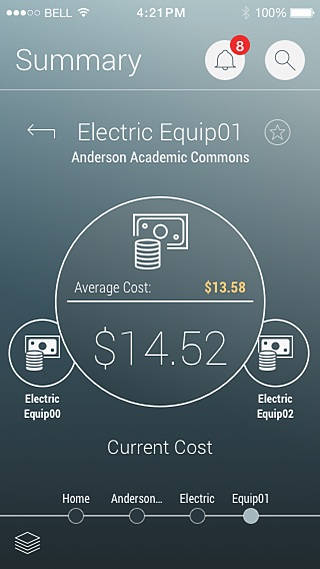The Intel® Retail Sensor Platform offers brick-and-mortar stores a compelling solution for revolutionizing inventory tracking, collecting in-depth intelligence on customer behavior and preferences, and dramatically reducing losses from misplaced items and inventory shrink. All this helps retailers deliver improved customer experiences and increase sales.
However, as an end-to-end Internet of Things (IoT) solution, there is more this platform can do to boost physical store success. As an example, let’s look at how adding a retail beacon solution from MobStac could extend this platform, helping physical stores track and engage customers on the sales floor.
The Intel® Retail Sensor Platform
The Intel Retail Sensor Platform provides a complete Internet of Things (IoT) platform for helping developers, solution providers, and system integrators quickly create and deploy retail solutions informed by analytics (Figure 1). This flexible, secure foundation enables better inventory tracking, faster time to insight from retail data, and new ways to increase customer satisfaction.
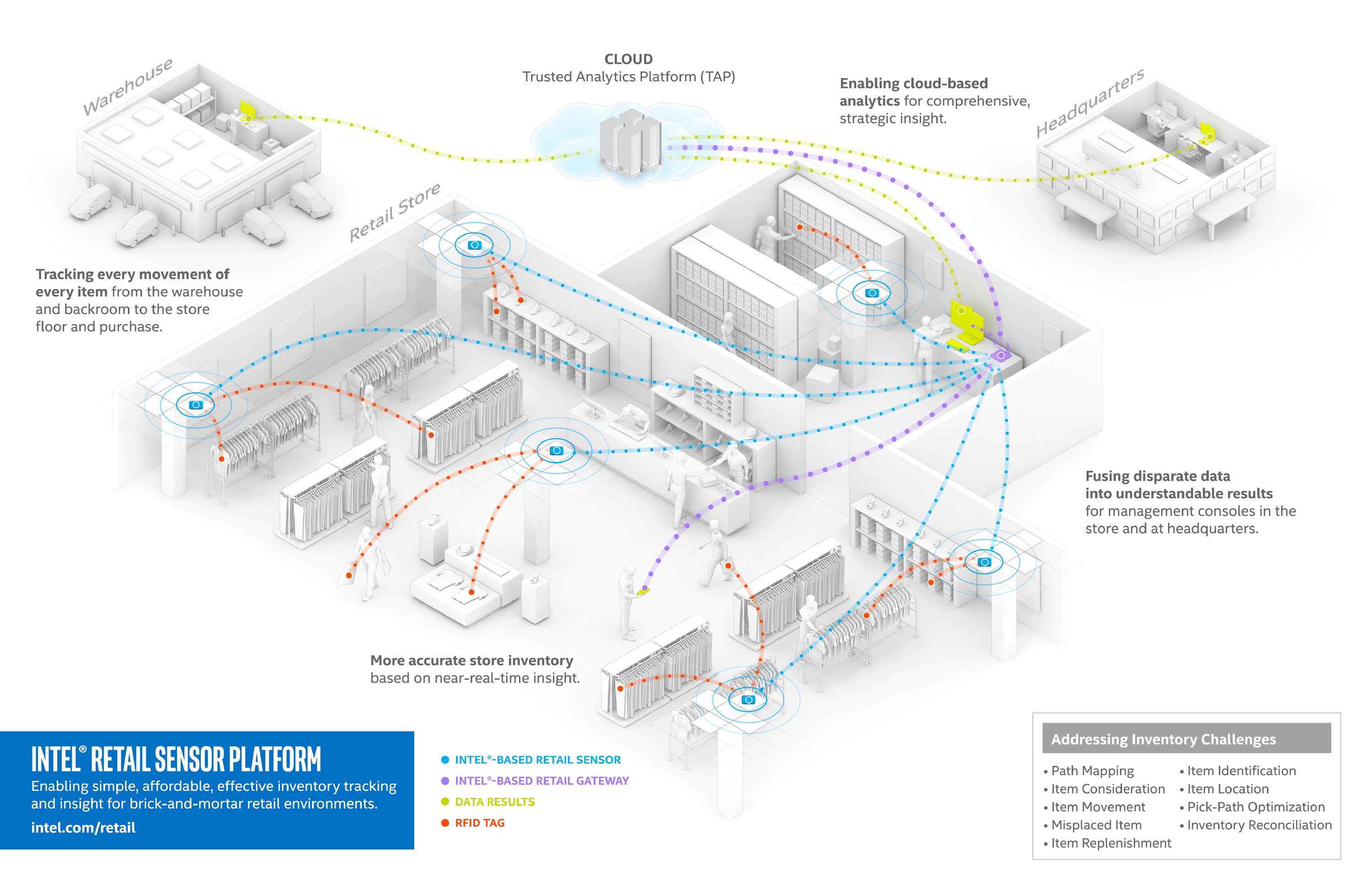
Figure 1. The Intel® Retail Sensor Platform provides a complete Internet of Things (IoT) platform for helping developers and system integrators quickly create and deploy retail solutions informed by analytics.
Early implementations focused on using RFID technology to track the movement and location of inventory, and relate it with other data to identify ways to increase sales and profitability. As described in this white paper, the inventory accuracy and management improvements achieved by the Intel Retail Sensor platform deliver the following benefits:
- Lower inventory carrying costs
- Fewer missed sales opportunities
- Reduced inventory shrinkage
- Optimized product placement
- Increased sales associate effectiveness
- Improved order fulfillment
- Expanded customer services
The platform accomplishes all this by providing the ingredients to securely send RFID and other sensor data to the cloud for analysis by business-class applications. Key components include:
- Retail IoT sensors to detect everything from inventory movement to customers in the store
- IoT gateways for collecting sensor data and sending it to the cloud
- Cloud and big data architecture to ingest and analyze retail data
- External APIs to enable software developers to easily integrate innovative applications
- Application software to perform retail functions such as inventory tracking, replenishment notifications, and insights on customer movements and consideration of specific items
Adding Beacons
Beacons are low-cost, low-powered transmitters equipped with wireless technology such as Bluetooth* Low Energy (BLE or also called Bluetooth 4.0 or Bluetooth Smart). In a retail store, a beacon communicates with a customer’s smartphone or tablet app to determine the customer’s location in a particular aisle or department and deliver context-aware messages.
Using beacons enables retailers to better know who is in their stores, where they spend the most time, and how effective in-store sales promotions are in drawing traffic. Beacons also give retailers the ability to entice customers to make immediate purchases through real-time coupons and other promotional techniques.
Consider these two examples:
- A beacon communicating with a smartphone could identify what store section a customer just entered. If there is anything in that section that is on the customer’s shopping list or recent browser search history, the store could send a notification through the beacon (Figure 2).
- A beacon could identify the in-store presence of a member of the retailer’s customer loyalty program and send a discount on a certain item based on past purchases or predicted interest.
Figure 2. A beacon communicating with a smartphone could identify what store section a customer just entered and send a notification of something in that section that is on the customer’s shopping list.
Because the Intel Retail Sensor Platform architecture is based on an industry-standard, open-software platform, new functions and sensors, such as beacons, can be added to the platform any time. System integrators and developers can write applications to the external API and analytics engine to access sensor data from the gateway, cloud, or metadata.
The platform runs on private (on-premise) and public cloud infrastructures. It offers an open-source analytics platform-as-a-service (PaaS) for cloud applications (Figure 3). It can be extended and customized by solution providers, enabling solution providers such as MobStac to easily add their solution to the platform and expand it to include retail beacons and their analytics solution.
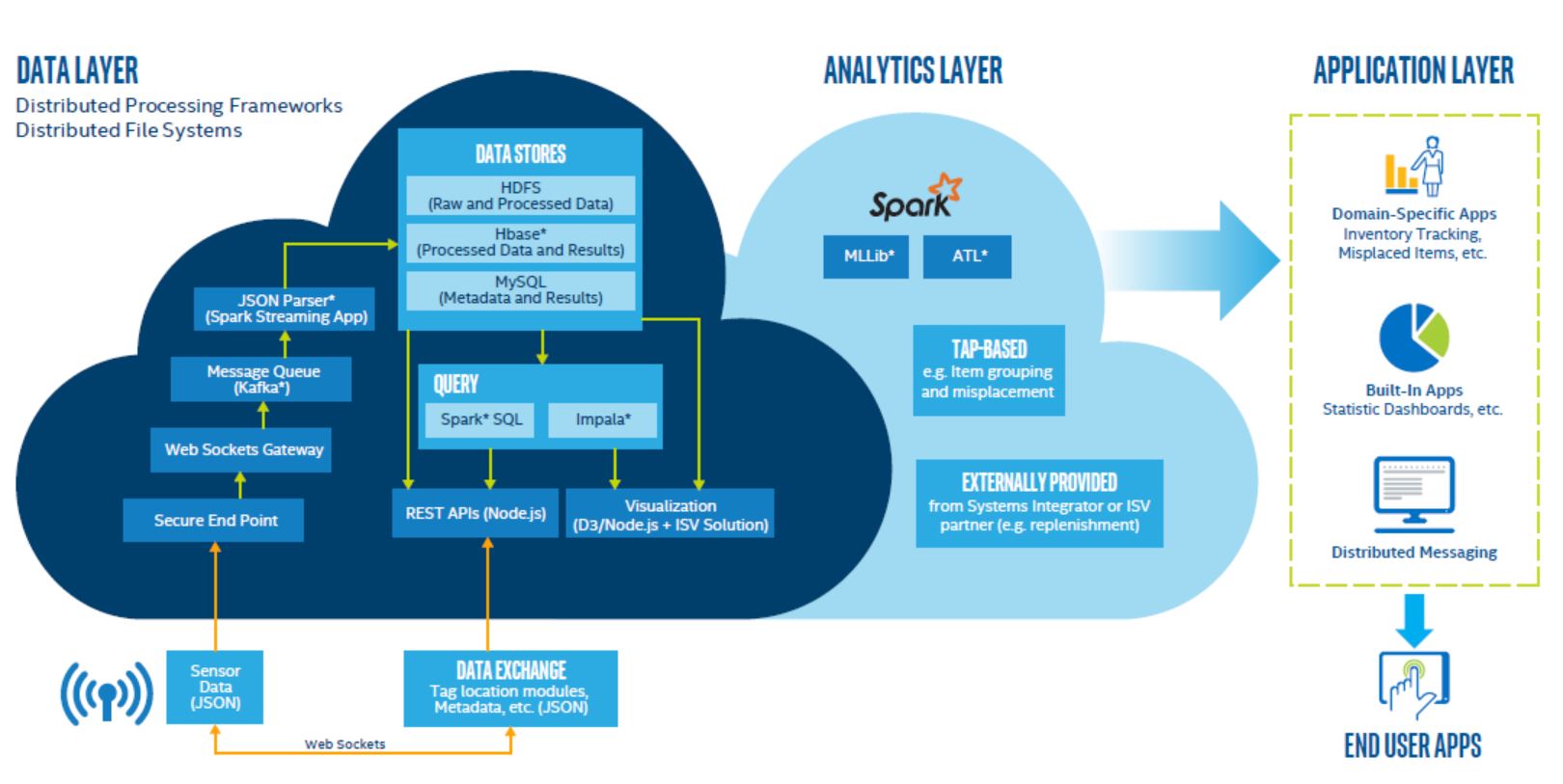
Figure 3. The Intel® Retail Sensor Platform offers an open-source analytics platform-as-a-service (PaaS) for cloud applications.
Advantages of MobStac
MobStac offers an end-to-end platform for businesses to engage customers in a personalized, context-aware way that leverages indoor location and proximity, using iBeacon and Wi-Fi* technology. MobStac’s proximity marketing and analytics platform, Beaconstac is a proximity marketing and analytics product using Bluetooth* Low Energy (BLE) beacon technology. With iBeacon (Apple technology) and Eddystone (Google technology) hardware, iOS and Android SDKs, and a cloud platform to manage everything in one place, Beaconstac provides a quick and easy way to increase customer engagement and gather useful analytics in physical spaces.
Retailers can use Beaconstac to send relevant offers to in-store customers, as well as gather and visualize data about who the customers are and how they engage with a specific physical store. For really large stores, Beaconstac can also enable indoor wayfinding to guide customers to products they want.
Figure 4. MobStac Beaconstac helps retailers gather and visualize data about who their customers are and how they engage with a specific physical store.
Beaconstac’s beacons are fully secure, enterprise-ready solutions that can operate as long as four years with just AA batteries. Their iBeacon and Eddystone compatibility enables them to work with the vast majority of smartphones and tablets.
Beaconstac software includes campaign management tools for creating and managing proximity marketing campaigns. The iOS and Android SDKs make creating mobile apps offering customized beacon experiences easy. Developer documentation includes tutorials, technical information, and answers to frequently asked questions.
Getting Started
MobStac offers a Beaconstac starter kit that includes three enterprise-grade beacons, the Beaconstac app with SDKs for iOS and Android, and free access to a cloud-based proximity marketing and analytics console for 60 days (Figure 5). Purchasing the starter kit includes assistance from MobStac engineers in setting up a test location-based campaign.
Figure 5. The Beaconstac starter kit includes three enterprise-grade beacons, the Beaconstac app with SDKs for iOS and Android, and free access to a cloud-based proximity marketing and analytics console for 60 days.
For help implementing Beaconstac on the Intel Retail Sensor Platform, retailers can turn to a complete list of solution integrators, analytics providers, and technology providers that can provide deployment assistance. See the list on this web page.
Step Up to Proximity Marketing
Adding a solution like MobStac’s Beaconstac to the Intel Retail Sensor Platform is a great way to extend the Intel Retail Sensor Platform and reap even more benefit from its ability to improve physical store operations and better compete with online-only merchants. To learn about other innovative retail solutions, visit the Solutions Directory.

